Automatic Weighing Batching System
Saturday October-18 2025 18:22:32
What is an Automatic Weighing Batching System?
The Automatic Weighing Batching System uses sensors, weighing modules, and control software to monitor material weight in real time, enabling automated batching of powders and granular materials. Its weighing accuracy typically reaches ±0.1% to ±0.5%. The system's automation relies primarily on a PLC controller and human-machine interface (HMI). Pre-set recipes control the conveying, weighing, and mixing of various materials. This system reduces labor, improves batching stability, and supports data logging for easy production process tracking.
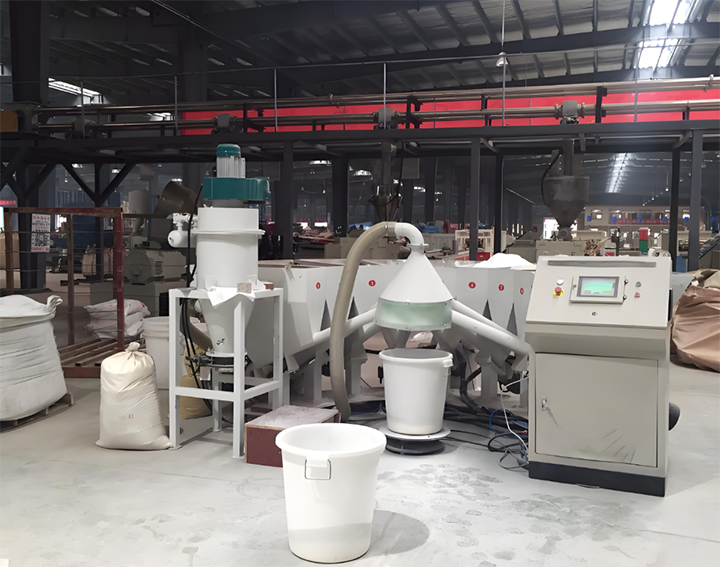
Advantages of the Automatic Weighing Batching System
Replacing manual batching: The Automatic Weighing Batching System integrates a central control system with actuators. Upon receiving commands, the system automatically controls the feeders, weighing hoppers, and valves, ensuring precise material handling and delivery. This replaces the traditional manual handling, estimating, and dosing processes, reducing operator risk and labor intensity, and achieving full process automation.
Improving product quality: The core of the system relies on high-precision sensors and intelligent control algorithms. Each time ingredients are dosed, sensors provide real-time weight data. The controller compares target values with actual values and makes fine-tuning adjustments using modes such as "fast and slow dosing" to ensure accurate gram amounts for each component. This reduces quality fluctuations and scrap caused by human error during dosing.
Improving Production Efficiency: The system can simultaneously feed materials from multiple silos into the weighing hopper or operate in a continuous assembly line mode, achieving simultaneous weighing and rapid batch transitions. This eliminates the waiting, movement, and downtime associated with manual operations, significantly shortening batch cycle times and maximizing productivity per unit time.
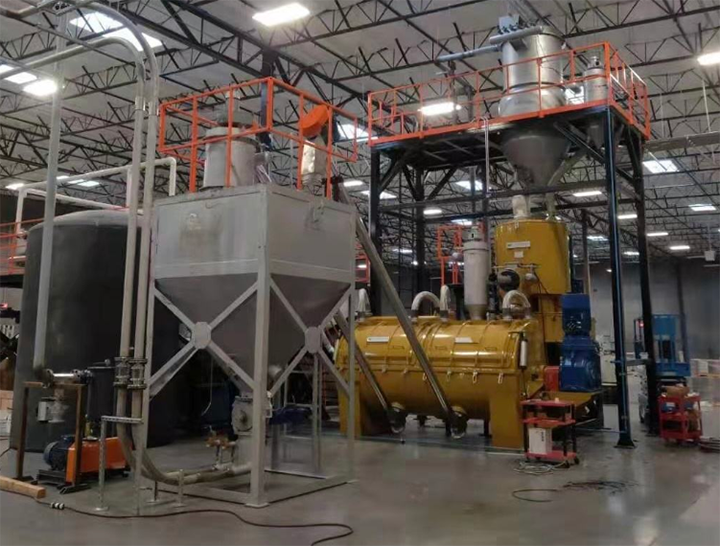
Enabling Traceability: The system's built-in data collection and recording capabilities automatically save each batch's ingredient data, including weighing time, quantity, and operation records. This provides reliable evidence for quality audits and product traceability.
When quality concerns or audits arise, the system can quickly and accurately trace back to the entire production process for any specific batch, fully complying with stringent quality management regulations such as GMP and FDA.
Reduced Material Waste: High-precision weighing technology and intelligent control valves ensure precise delivery of raw materials according to set quantities, avoiding over- or under-dosing, reducing the waste of expensive raw materials, and improving production cost-effectiveness.
Improved Work Environment: The batching process is carried out in closed pipes and containers, and with a centralized dust removal system, dust is effectively controlled, air pollution is reduced, and employee respiratory health is protected. This system is suitable for the food, pharmaceutical, and chemical industries, which require high cleanliness standards.
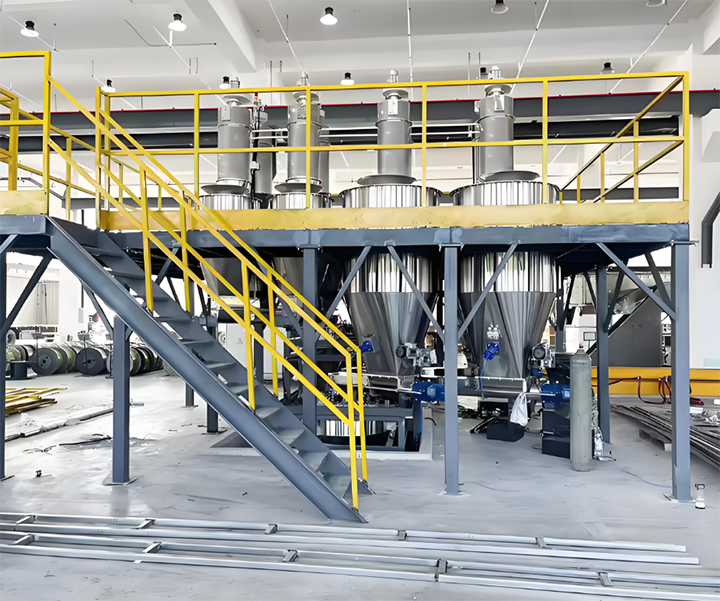
Automatic Weighing Batching System Industry Application Cases
Automatic Weighing Batching Systems are widely used across various industries. For example, in the food industry, a large baking company uses this system to precisely batch flour, sugar, milk powder, and additives, achieving a ratio accuracy of up to ±0.2%, increasing production efficiency by 30% compared to traditional manual operations. In the chemical industry, a paint manufacturer uses an automated batching system to automatically weigh resins, pigments, and solvents, ensuring consistent product color and quality. In the building materials industry, automated batching systems for cement and sand enable large-scale production while reducing dust pollution and the risks of manual operation.
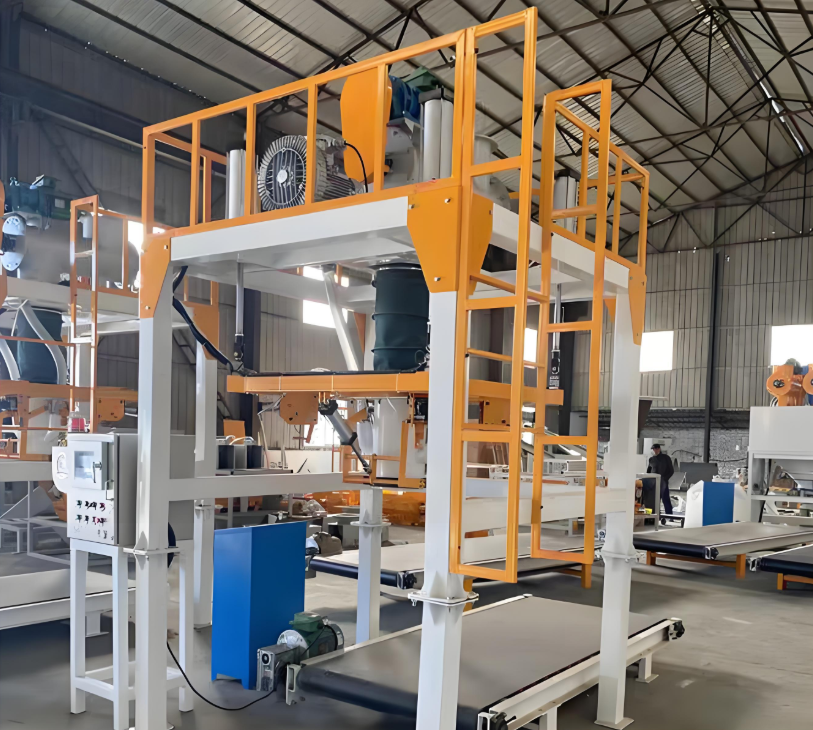
Automatic Weighing Batching System Configuration Guide
Automatic Weighing Batching System configurations vary depending on the industry and material. For powdered materials such as flour and powdered sugar, the system requires a hopper with an anti-clogging design and a high-sensitivity load cell. A vibration device can also be added to prevent clumping. For granular materials such as plastic granules and chemical pellets, the system can use screw conveyors or pneumatic conveying equipment combined with multi-point weighing control to achieve precise proportioning. Liquid materials such as oils and sauces require a liquid flow meter and pump control system combined with a weighing module to achieve dual volume and weight control. When handling flammable and explosive dust (such as metal powders and certain chemicals), all motors, electrical appliances, and sensors must be explosion-proof.
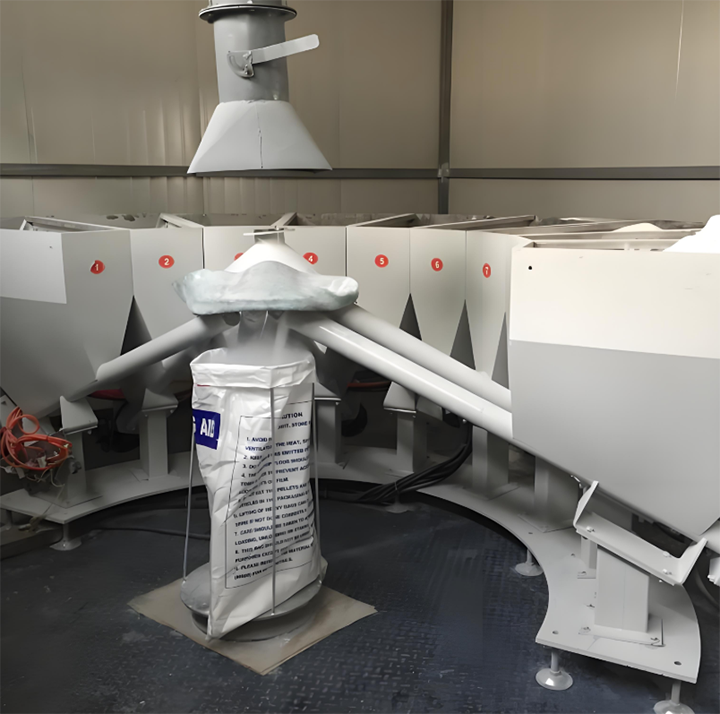
Automatic Weighing Batching System Applications
The Automatic Weighing Batching System is suitable for a variety of industries, including food processing, chemicals, building materials, pharmaceuticals, and plastics. It is particularly well-suited for applications requiring high-precision batching, batch recording, and automated production. Whether handling powders, granules, liquids, or mixed materials, the system can be flexibly configured to meet your needs. The system is also suitable for laboratories, small factories, and large production lines, enabling seamless transitions from small-batch trial runs to large-scale continuous production, significantly improving production efficiency and management.
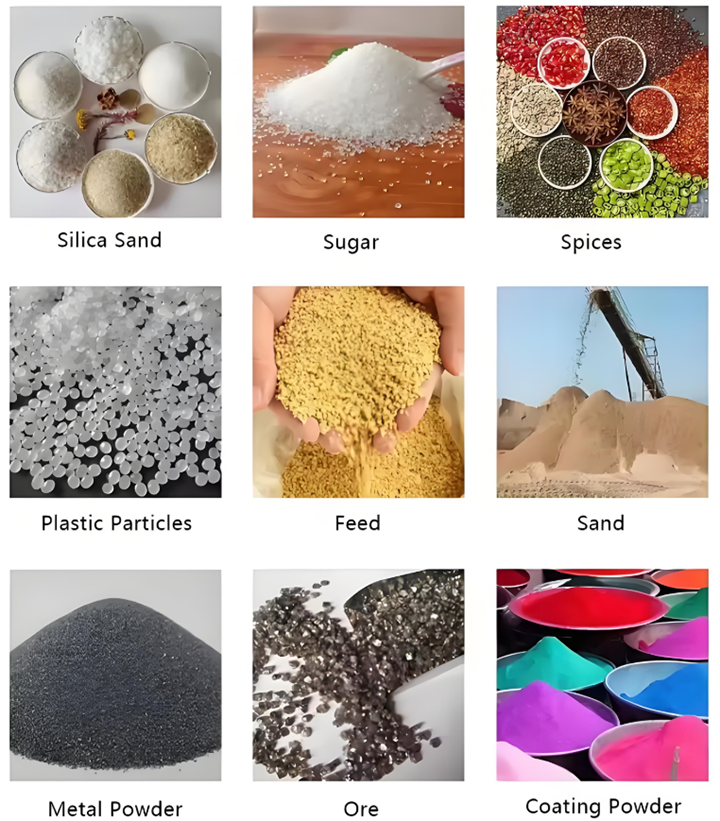
The Automatic Weighing Batching System fully automates the production process through automated weighing and recipe control. This not only improves material utilization efficiency and product quality, but also reduces labor costs and safety risks. Whether in the food, chemical, building materials, or pharmaceutical industries, a properly configured automatic weighing and batching system can bring significant production and management advantages.
